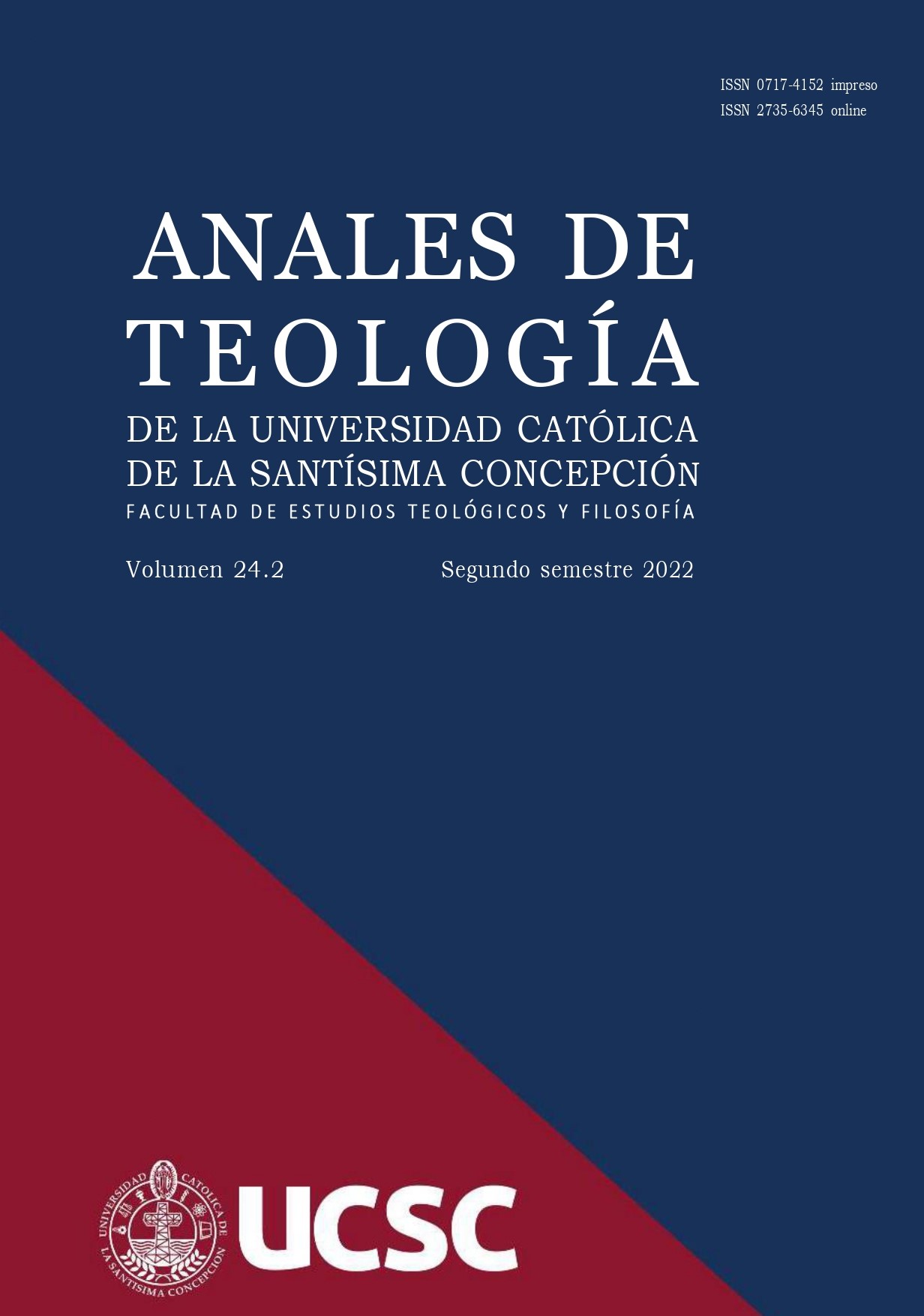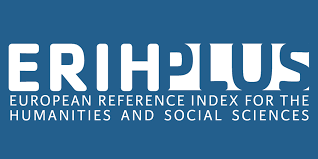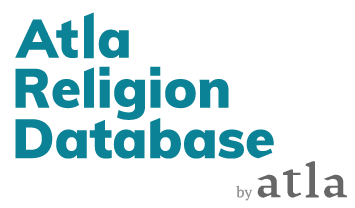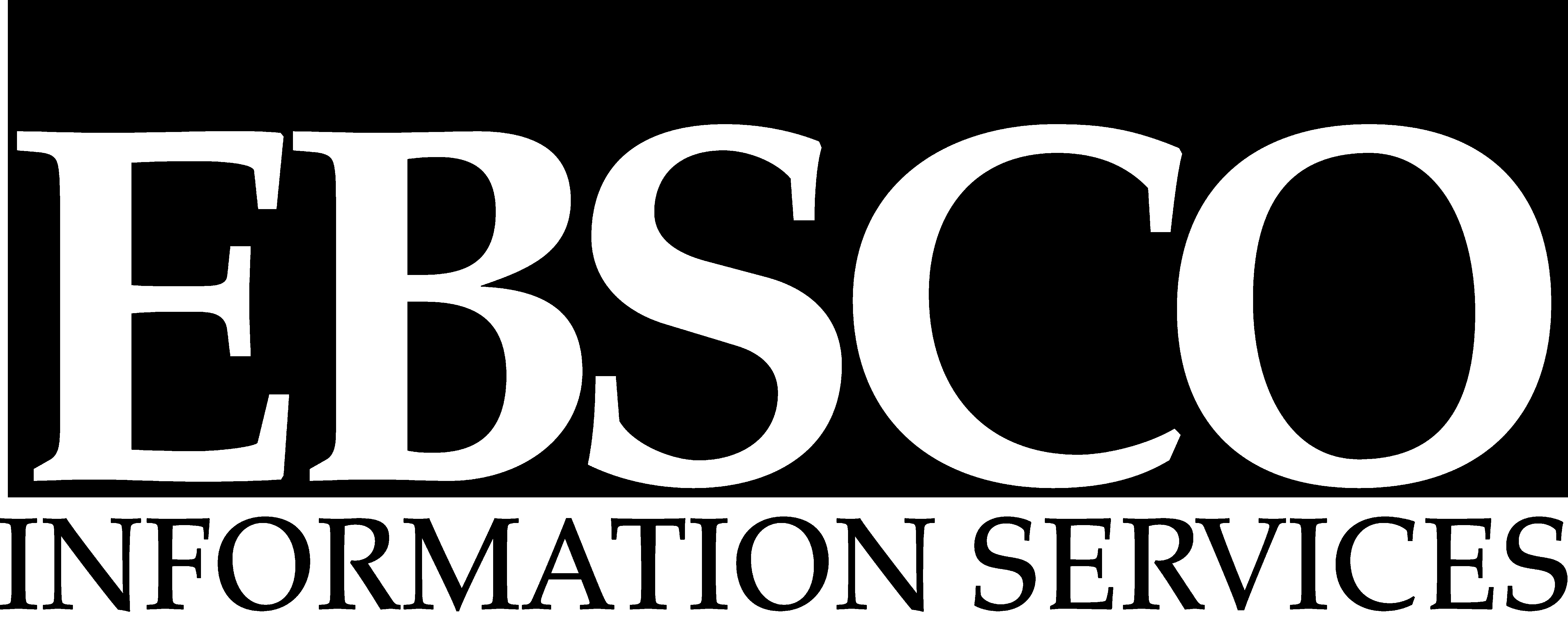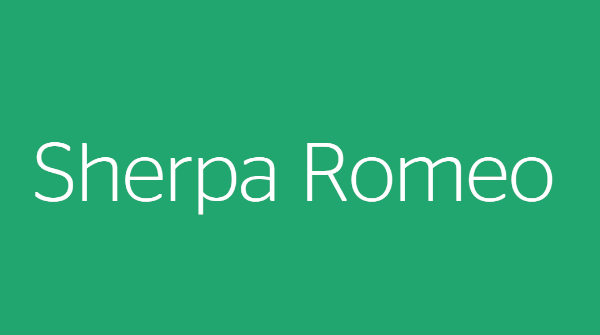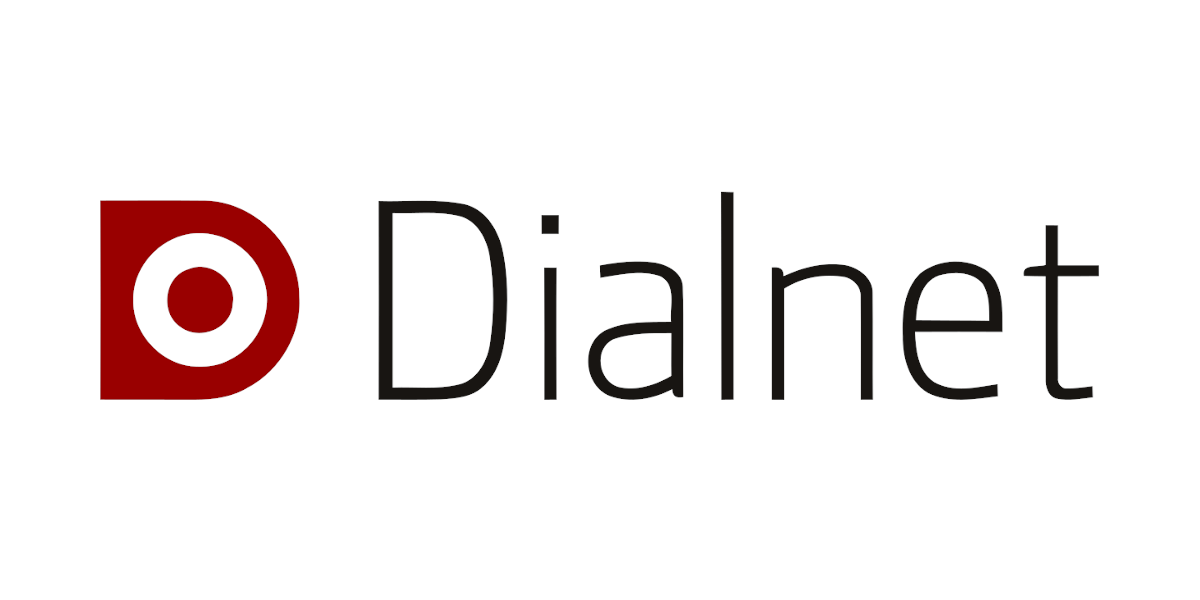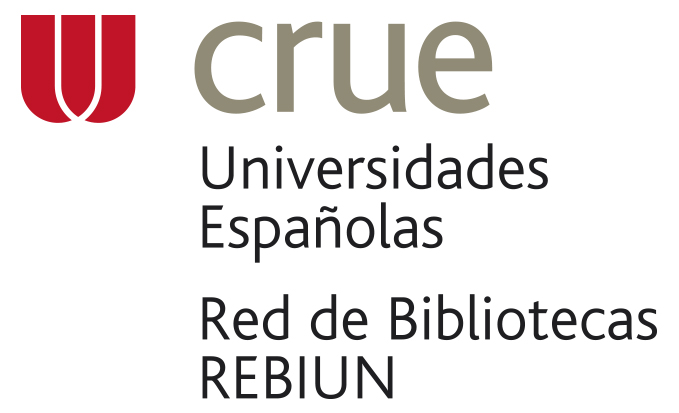Approaches :Edith Stein and Erica Fudge with regards to the animal-human
DOI:
https://doi.org/10.21703/2735-6345020220420202Keywords:
animal soul, animality, anthropomorphism, zoology, anthropologyAbstract
Man is usually defined as evidencing what is proper and characteristic of his constitution, comparing him with inferior beings: matter, plants, and animals. From this perspective, cogitatio emphasizes an essential border between animal and human. Nonetheless, on this occasion, two philosophers allow going deeper into this approach, appreciating not only what is different, but also “common” between animal and human. Stein already posed if it possible to detect something analogous to “human attitudes" in animals. On the other hand, Fudge warns about the need to turn to the animal and conceive it in different ways. Finally, a review is made of an argumentative topos for understanding new arguments and performative language.
Downloads
References
BERTOLUCCI, K., Habeas corpus para animais não humanos. A (Não) efetividade das ciências jurídicas no Brasil 2, Atena, Ponta Grossa-Paraná-Brasil, 2020.
BUADES, C., Ellos y nosotros, la construcción de la alteridad animal, s/e, s/l 2019, https://www.eldiario.es/caballodenietzsche/construccion-alteridad-animal_132_1762409.html, citado el viernes 30 de abril 2021.
DECLARACIÓN UNIVERSAL DE LOS DERECHOS DEL ANIMAL, http://www.aspac.org.es/protectora/archivo/legislacion/pdf/declaracion_dchos_animales.pdf
DIARIO VETERINARIO EN LÍNEA, Reino Unido reconocerá a los animales como seres sensibles, https://www.diarioveterinario.com/t/2888110/nueva-legislacion-sobre-bienestar-animal-reino-unido.
EDUATI, L., La zoología teológica que se estudia en Münster. L’Osservatore Romano, s/l 2022, https://www.osservatoreromano.va/es/news/2022-04/dcm-004/los-animales-corrigen-la-teologia.html
FALCÓN, M. B. – GUTIÉRREZ, M., “La nueva persona no física humana”, en: XXVI JORNADAS NACIONALES DE DERECHO CIVIL, Persona Física No Humana, UNLP, La Plata 2017, 1-9.
FUDGE, E., Pets, Paidós, Buenos Aires-Barcelona-México, 2014. DOI: https://doi.org/10.4324/9781315710303
LELL, H., “El concepto jurídico de persona y los derechos de los animales”, Derecho y Humanidades 27 (2016) 69-94.
LOW, P., The Cambridge Declaration on Consciousness, s/e, Cambridge 2012, https://fcmconference.org/img/CambridgeDeclarationOnConsciousness.pdf
MINISTERIO DE SALUD DE CHILE, Ley 21020. Sobre tenencia responsable de mascotas y animales de compañía, BCN, Santiago 2017, http://bcn.cl/2f7he.
MINISTERIO DE JUSTICIA Y DERECHOS HUMANOS ARGENTINA, Orangutana Sandra s/ recurso de cadación s/habeas corpus, Sistema Argentino de Información Jurídica, Ciudad Autónoma de Buenos Aires 2014, http://www.saij.gob.ar/camara-federal-casacion-penal-federal-ciudad-autonoma-buenos-aires-orangutana-sandra-recurso-cadacion-habeas-corpus-fa14261110-2014-12-18/123456789-011-1624-1ots-eupmocsollaf
STEIN, E., Estructura de la persona humana. Obras Completas IV, Ediciones El Carmen - Editorial de Espiritualidad - Editorial Monte Carmelo, Madrid 2003.
TAUBENSCHLAG, C., “La noción de alma que propone Edith Stein en ‘La estructura de la persona humana’: continuidad y novedad”, Revista Teología LII/116 (2015) 134-155.
TERCER JUZGADO DE GARANTÍAS, Expediente Nro P-72.254/15. Presentación efectuada por AFADA respecto del chimpancé Cecilia. Sujeto no humano, Poder judicial, Mendoza 2016.
Downloads
Published
Issue
Section
License
Copyright (c) 2022 Anales de Teología

This work is licensed under a Creative Commons Attribution-NonCommercial 4.0 International License.
The Anales de Teología is an open access journal and does not charge for publication. In addition, it regulates its Copyright and access policy according to the Creative Commons Attribution-NonCommercial 4.0 International Public License (CC BY-NC 4.0), therefore sharing (reproducing and distributing the material in any medium or format) and adaptation (modifying, transforming, and creating from the material) is allowed as long as proper credit is given and the citation is included with the corresponding data. Moreover, it is not allowed to use the material for commercial purposes.
